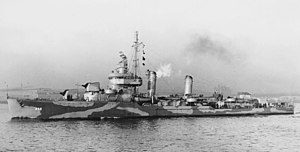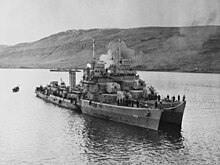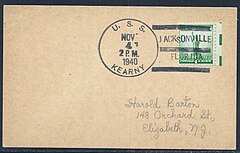
USS Roper (DD-147) was a Wickes-class destroyer in the United States Navy, later converted to a high-speed transport and redesignated APD-20.

USS Badger (DD–126) was a United States Navy Wickes-class destroyer in commission from 1919 to 1922 and from 1930 to 1945. She saw service during World War II. She was named for Commodore Oscar C. Badger.

The third USS Bainbridge (DD-246) was a united States Navy Clemson-class destroyer in commission from 1921 to 1930, from 1932 to 1937, and from 1939 to 1945. She served during World War II. She was named for Commodore William Bainbridge, who served in the War of 1812 and the First and Second Barbary Wars.

USS Livermore (DD-429), a Gleaves-class destroyer, was the 1st ship of the United States Navy to be named for Samuel Livermore, the first naval chaplain to be honored with a ship in his name.
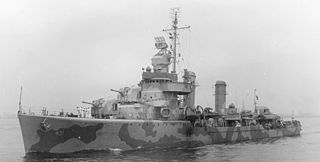
USS Plunkett (DD-431), a Gleaves-class destroyer, is the only ship of the United States Navy to be named for Rear Admiral Charles Peshall Plunkett.

USS Gleaves (DD-423) was the lead ship of the Gleaves class of destroyers. She is the only ship of the United States Navy to be named for Admiral Albert Gleaves, who is credited with improving the accuracy and precision of torpedoes and other naval arms.

USS Woolsey (DD-437), a Gleaves-class destroyer, was the second ship to be named Woolsey in the United States Navy. It is the first to be named for both Commodore Melancthon Brooks Woolsey and his father Commodore Melancthon Taylor Woolsey.

USS Ludlow (DD-438), a Gleaves-class destroyer, was the third ship of the United States Navy to bear the name. The second and third Ludlow ships were named for Lieutenant Augustus C. Ludlow, second in command of USS Chesapeake. He was, like his captain, mortally wounded in their ship's engagement with HMS Shannon on 1 June 1813, and died at Halifax, Nova Scotia on 13 June.

USS Edison (DD-439), a Gleaves-class destroyer, was the first ship of the United States Navy to be named for Thomas Alva Edison, an inventor and businessman who developed many important devices and received the Navy Distinguished Service Medal for his contributions to the Navy during World War I. Edison was one of the few U.S. Navy ships to be named for a civilian.

USS Ericsson (DD-440), a Gleaves-class destroyer, was the third ship of the United States Navy to be named after John Ericsson, who is best known for devising and building the Civil War ironclad USS Monitor.
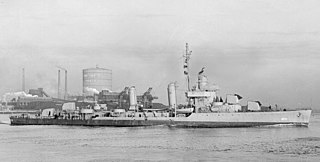
USS Bristol was a Gleaves-class destroyer of the United States Navy, named for Rear Admiral Mark Lambert Bristol. She was launched 25 July 1941 by Federal Shipbuilding, Kearny, New Jersey; sponsored by Mrs. Powell Clayton.The destroyer was commissioned on 22 October 1941.

USS Niblack (DD-424), a Gleaves-class destroyer, is the only ship of the United States Navy to be named for Albert Parker Niblack. Niblack became the Director of Naval Intelligence 1 March 1919, and Naval Attache in London 6 August 1920. As vice admiral, he commanded U.S. Naval Forces in European waters from 15 January 1921 to 17 June 1922.

USS Benson (DD-421) was the lead ship of her class of destroyers in the United States Navy during World War II. She was named for Admiral William S. Benson (1855–1932).

USS Madison (DD-425) was a Benson-class destroyer in the United States Navy during World War II. She is the third Navy ship of that name, and the first named for Commander James J. Madison (1888–1922), who was awarded the Medal of Honor during World War I.

USS Hilary P. Jones (DD-427) was a Benson-class destroyer in the United States Navy during World War II. She was named for Admiral Hilary P. Jones.
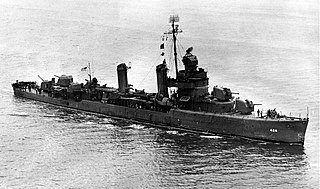
USS Charles F. Hughes (DD-428) was a Benson-class destroyer in the United States Navy during World War II. She was named for Charles Frederick Hughes.

USS Murphy (DD-603) was a Benson-class destroyer in the United States Navy during World War II. She was named for Lieutenant John McLeod Murphy.

USS MacKenzie (DD-614) was a Benson-class destroyer in the United States Navy during World War II. She was the third ship named for Lieutenant Commander Alexander Slidell MacKenzie.

USS Ordronaux (DD–617) was a Benson-class destroyer in the United States Navy during World War II. She was named for John Ordronaux, the 19th-century privateersman.

USS Herbert C. Jones (DE-137) was an Edsall-class destroyer escort built for the U.S. Navy during World War II. She served in the Atlantic Ocean and provided destroyer escort protection against submarine and air attack for Navy vessels and convoys.
